If you’re here reading this article, there’s probably one reason at hand: You’re starting to — or have been experiencing foot pain. There are many reasons why you might begin to experience foot pain. These can include genetic causes or as a result of short or long-term injury.
Every person experiencing foot pain should consider the possibility that their shoes may be to blame. The right shoes can do a lot for a person. They can boost confidence, make someone feel great about their style, and even improve health. What about the wrong shoes?
The wrong shoes can cause a lot of problems, including, as it turns out, foot pain. Below, we’ll explore the various causes of foot pain. Perhaps more importantly, we’ll cover how to find out if the cause behind your pain is your shoes.
What are some causes of foot pain?
Foot pain is a common issue with an uncommon number of sources. The root of foot pain can be due to genetic predilection, underlying conditions, new injuries, or even the wrong shoes.
Irregular foot shape
Foot deformities and a massive number of existing issues can lead to foot pain. These include calluses, corns, bunions, hammer or mallet toes, or warts and blisters. There are plenty of preventative and corrective measures which can be taken to reduce the prominence of these issues, thankfully.
Overexertion
Sometimes, it may be a simple question of overexertion. If you’re an athlete or have been exercising intensely, you may have some pain or foot soreness. This can also be the case if your job keeps you on your feet all day. If your feet don’t have time to rest, then becoming tired is a logical progression.
Changes in weight
Foot pain can also be caused by changes in weight. For example, pregnancy changes a lot of things, and that includes our relationship with our feet. Feet may change in size, causing old shoes to no longer fit properly. This can then lead to a variety of aggravating foot issues.
A little of everything
Many times, there isn’t a single contributing factor to foot pain but a variety of escalating ones. If your feet are tired from overexertion, and you don’t take time to rest, then the problem may compound. These are all potential reasons behind foot pain. How can we tell if our choice of footwear is what’s causing it?
There are a few clear-cut ways to tell if your shoes are the problem. Next up, we’ll be exploring these methods.
How to identify if your shoes are the problem
Are you wearing the right size shoes? Most likely, you immediately, internally answered that question with a resounding yes. Let’s rephrase the question.
How sure are you that you are wearing the best size shoe for you? Both length and width?
Both figures are critical. Improperly fitting shoes are linked to a variety of foot issues, including, shockingly (not actually that shocking), foot pain. What’s shocking is the number of people who don’t wear the right shoe size. That number is roughly two-thirds to three-fourths of all individuals.
In a 2018 study, 45% of participants were wearing the wrong size shoe. Of those people who wore improperly sized footwear, they picked shoes that were at least a half size too small. It’s not only vanity sizing or a lack of knowledge that contributes to this, though. Interestingly, feet tend to swell — shoes that fit ok in the morning might be too tight at the end of a long shift, standing and walking.
Does your pain specifically become exacerbated when you wear your shoes? Are there a few signs of other underlying issues that could cause your foot pain? Is your pain localized to pinch points in your shoes, especially around the toes and ankle?
If you answered yes to some or all of these questions, then the problem may lie with your shoes. Size isn’t the only thing to consider in new shoes, but it will be the first problem we discuss the solution to.
How to find the right shoe size
When you put on your shoes, how easy are they to get in? Do your feet slide into them easily? On the opposite end of the spectrum, do you have to push and struggle to fit your feet in them?
If you see any signs of tightness in your shoes, they might be too tight. Your shoes should fit snugly, but they should also slip on effortlessly.
At the end of your shoe is the toe box. You should have the width of one to two fingers of empty space at the end of your shoe — ⅜” to ½” to be exact.This gives your feet just enough room to splay out. At the same time, you won’t have so much room that you have to unnaturally move with your shoes.
Your shoes should fit comfortably from the moment you begin to wear them. Despite supposedly needing to be “broken in,” shoes don’t change that much with use. You might be able to minutely change their shape or flexibility by wearing them. You won’t suddenly make a size 8 shoe fit like an 8 ½, though.
If your feet feel even slightly constricted in length or width, you should go up a size. You may also want to re-measure your feet before investing in new shoes.
Size isn’t the end-all and be-all of comfort when it comes to your shoes. You should also consider the other ways your shoes support your health.
Other ways shoes can impact foot health
Your shoe size directly impacts “pain points” or places where your feet can become especially constricted. This includes blisters on your ankles or misshapen alignment of your toes. However, the fundamental arch support also matters.
There are numerous types of foot injuries and conditions that cause pain that goes beyond simple ”foot pain.” Many of these can be addressed or alleviated by wearing beneficial footwear. There are a couple of essential characteristics your pain-friendly shoes should have, which crop up repeatedly.
Your shoes should be comfortable: whatever that means to you. Generally, this means they fit properly and can be worn all day. Having a low heel can help reduce any pain toward the ball of your foot. You should also aim for casual shoes with extra cushioning to reduce the pressure placed on your feet.
The Lima is one example of a shoe that coincidentally shares all these characteristics. This shoe from Kizik is meant for cruisy, cloud-like comfort. Extra cushioning on the ankles and a roomy toe box support your feet where they need it most.
If your shoes are to blame for your foot pain, a switch can help. However, there are other ways to help encourage your recovery than simply changing out your shoes.
If you are having extreme pain, you should consider visiting a podiatrist. Only a small percentage of people visit podiatrists. However, the number of podiatrists is also relatively small compared to the general population. Because of this, scheduling appointments is better done sooner than later.
If you are only suffering mild pain, you may consider at-home or OTC methods of pain relief.
Ways to reduce foot pain
If you want to target your foot pain, you’ll want to identify the exact place where the pain is. Dealing with pain around your ankle is far different from dealing with pain on the underside of your foot.
If the skin is visibly irritated, then placing a patch or bandage may help. That way, the damaged part of your skin can be protected and can heal.
For site-specific pain unrelated to irritation, stretching and massaging the tissue may help. Massages and stretching can improve blood flow and circulation. The fact that it feels great and is really relaxing is just an added perk.
You may want to take special measures if you have either high or low arches. While you can get shoes to support your foot type, you can also look into custom inserts. Foot orthotics exist to be placed into shoes and help correct your gait or stance. In tandem with the right shoe, they can correct all manner of problems.
In general, the best way to protect your foot and reduce pain in the future is to protect your feet. Better shoes take the tension away from your feet and help them sit naturally over the course of a day. Bandages and patches help protect inflamed and irritated spots, preventing further friction. Ice packs, massages, and other means of helping can be both healing and relaxing all at once.
There are plenty of ways that you can relieve existing foot pain. Try these along with better shoes, and see the results speak for themselves.
The right shoe
The right shoe can do a lot for a person. That includes getting rid of the pain that the wrong shoes caused.
Make things right with a little help from Kizik. We pride ourselves on crafting accessible footwear and creating accurate content to help spread information on foot health and more.
Sources:
Share of Americans Who Visited a Podiatrist 2018, by Age I Statista
Foot Pain and Problems | Johns Hopkins Medicine
Foot deformities - InformedHealth.org | NCBI Bookshelf
The Side Effects of Wearing Ill-Fitting Shoes | Verywell Health
The Consequences of Wearing the Wrong Size Shoe | Foot & Ankle Specialists of Nevada



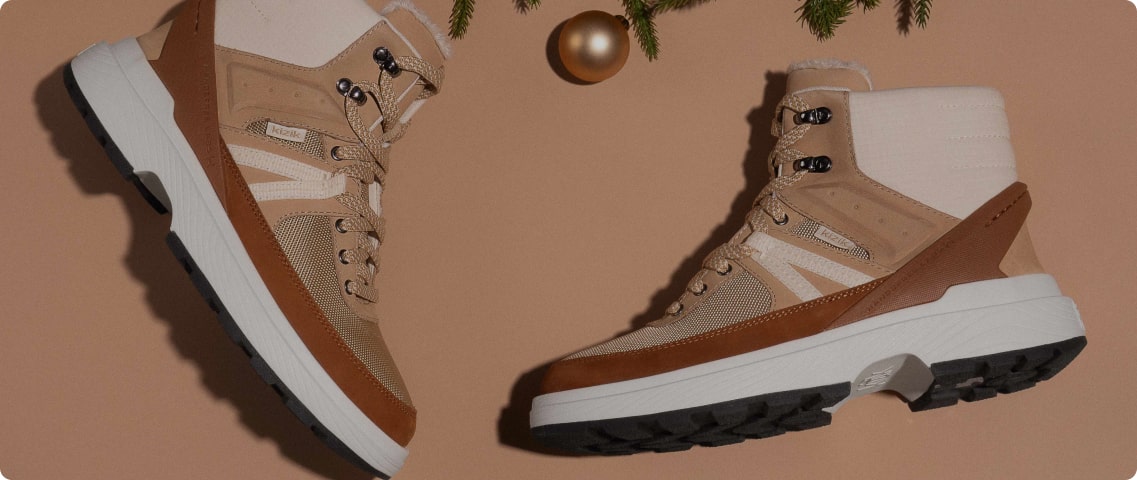
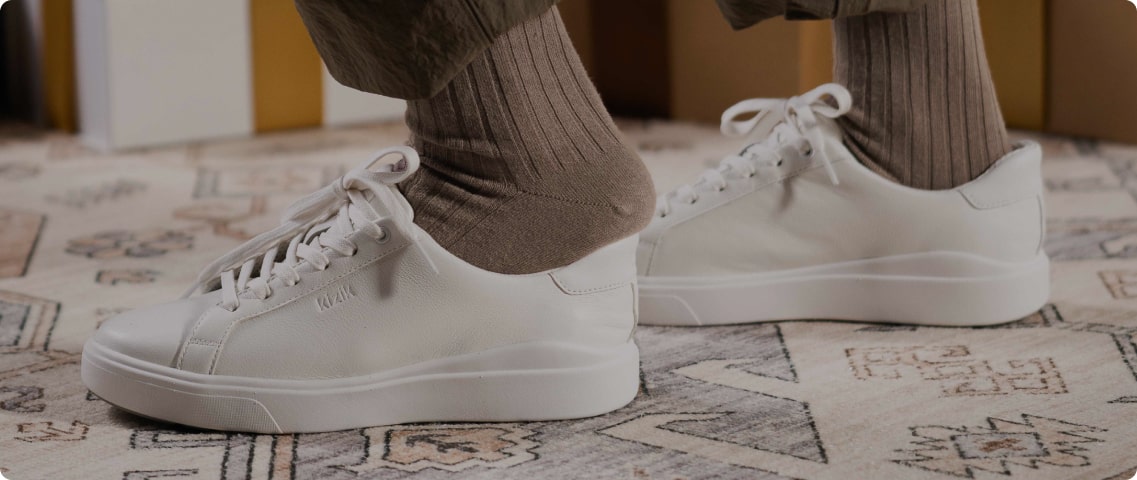
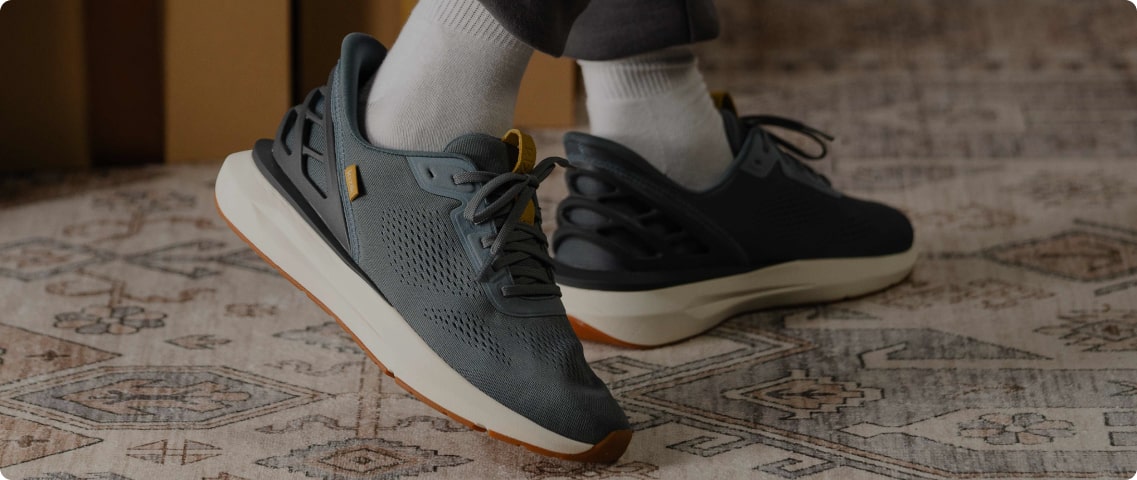


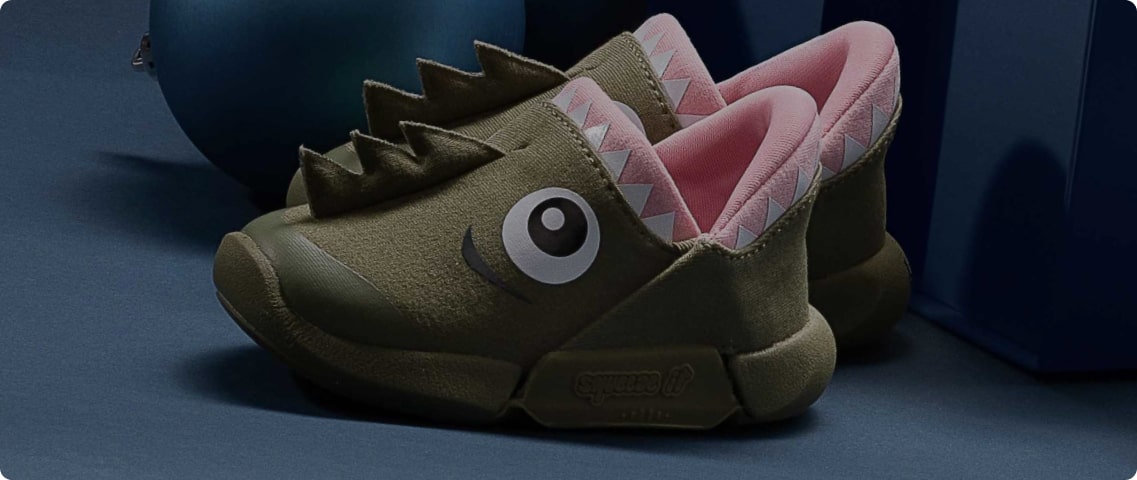
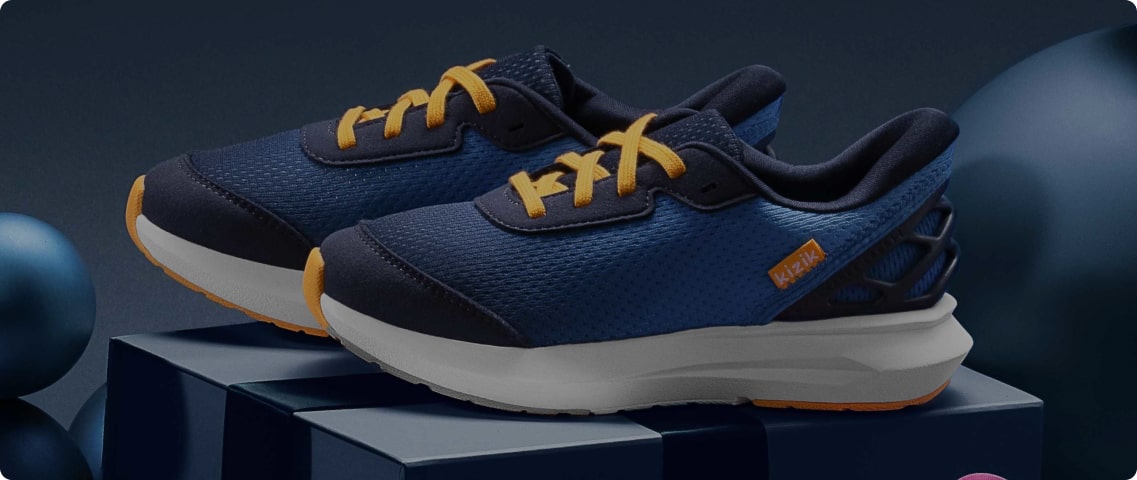
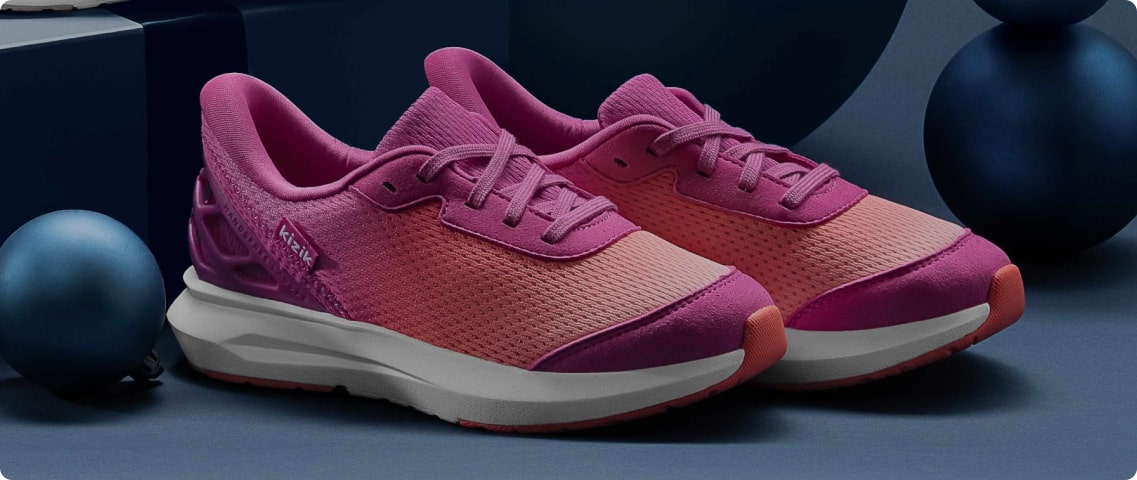

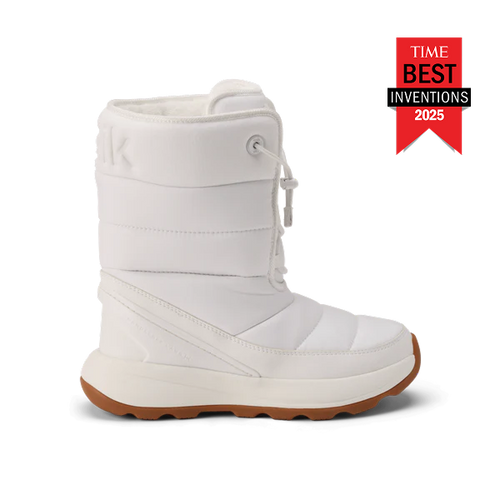


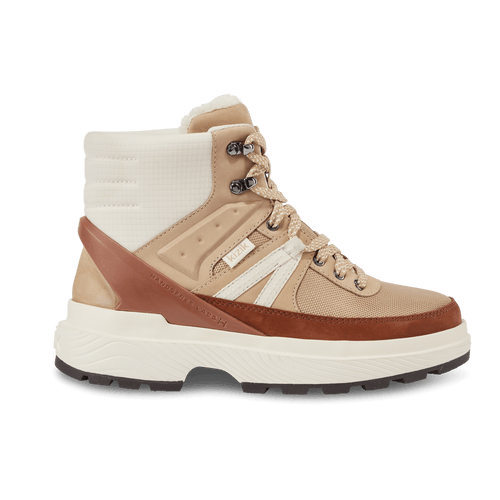
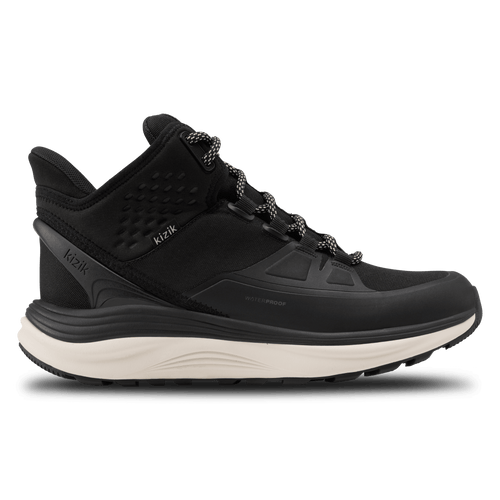








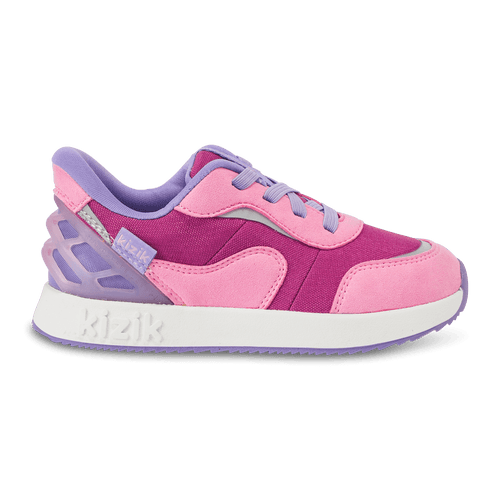

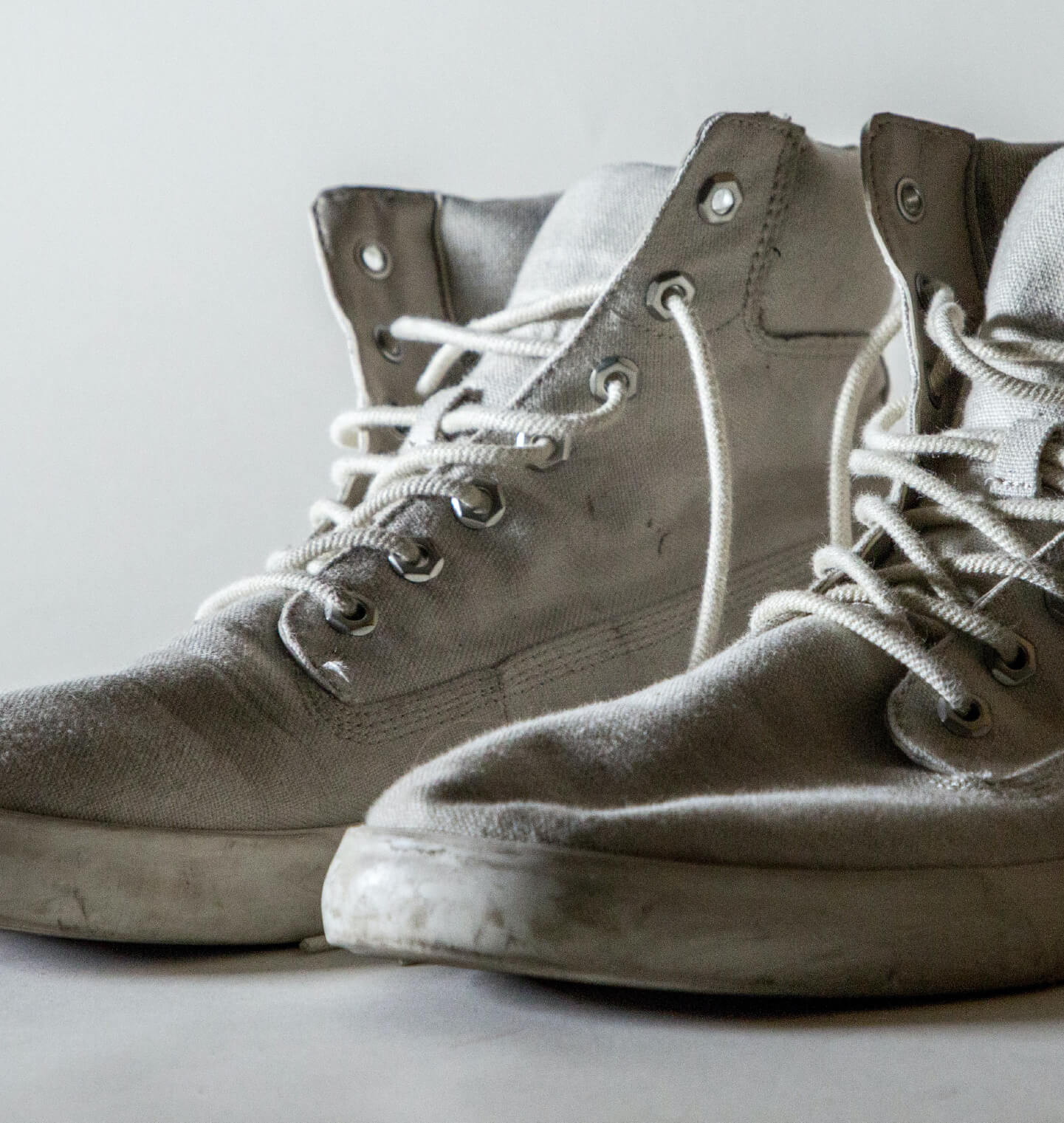
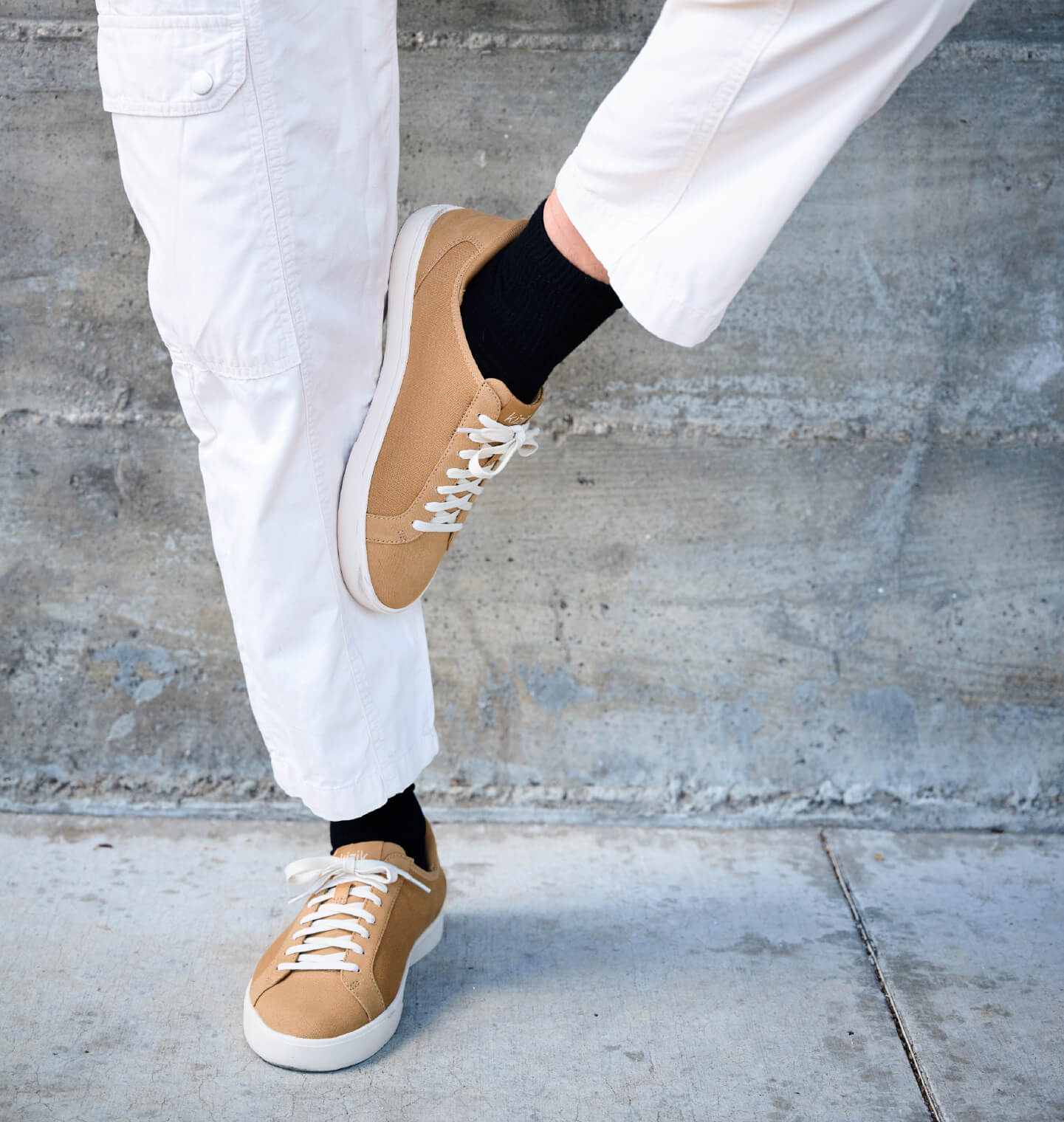

Leave a comment
This site is protected by hCaptcha and the hCaptcha Privacy Policy and Terms of Service apply.